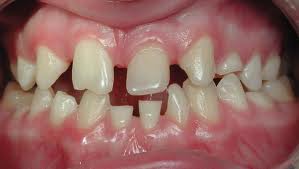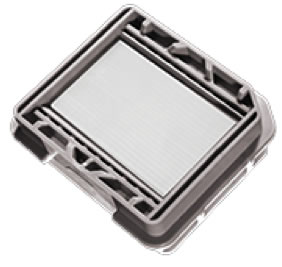Radica Temporaries
- Beautiful, long-term temporaries
- Outstanding strength, durability, wear resistance
- Tissue friendly, monomer free formulation
- Ease of use in reline, repair, and placement
- Best in class easthetics
For Relines: A variety of materials can be used including MMA acrylics (Biolon Crown and Bridge Resin) and bis-GMA's (Integrity temporary crown and bridge material)).
AST dental is a proud distributor of Radica temporaries, provisional thet look and feel so real your patients will want to keep them in forever.
Radica temporaries are the best looking temps we've ever seen. Compared with other provisional, Radica boasts over 165 MPa in flexural strength, This is almost 3X stronger than most acrylic provisional.
It's biocompatible, monomer-free formulation, and laboratory cure process promotes lower levels of sensitivity for patients. Radica's clinical benefits are derived from its superior strength, durability and wear resistance allowing you to tackle cases that need longer healing times, such as full mouth reconstruction, implant and perio cases with ease. It's an excellent choice for case planning and will give patients an idea of what their permanent restorations will look like.


PMMA Provisional
- High strength(114mpa) for a provisional, durability, wear resistance
- Beautiful, long-term temporaries
- Easy polish ability allows the practitioner to control the glossy appeal
- For crowns, and bridges
- Implants or large span bridges
PMMA (polymethyl methacrylate) is used to fabricate temporary dental restorations for a wide range of cases, including more complex indications such as implants or large span bridges. Traditionally, these temporary restorations were produced by hand through an often time intensive process using composite materials. Now, however, the temporary restoration is designed over a scanned impression, from either an intra-oral or desktop scanner using Preciso CAD software, and fabricated using the Preciso M200 mill.








